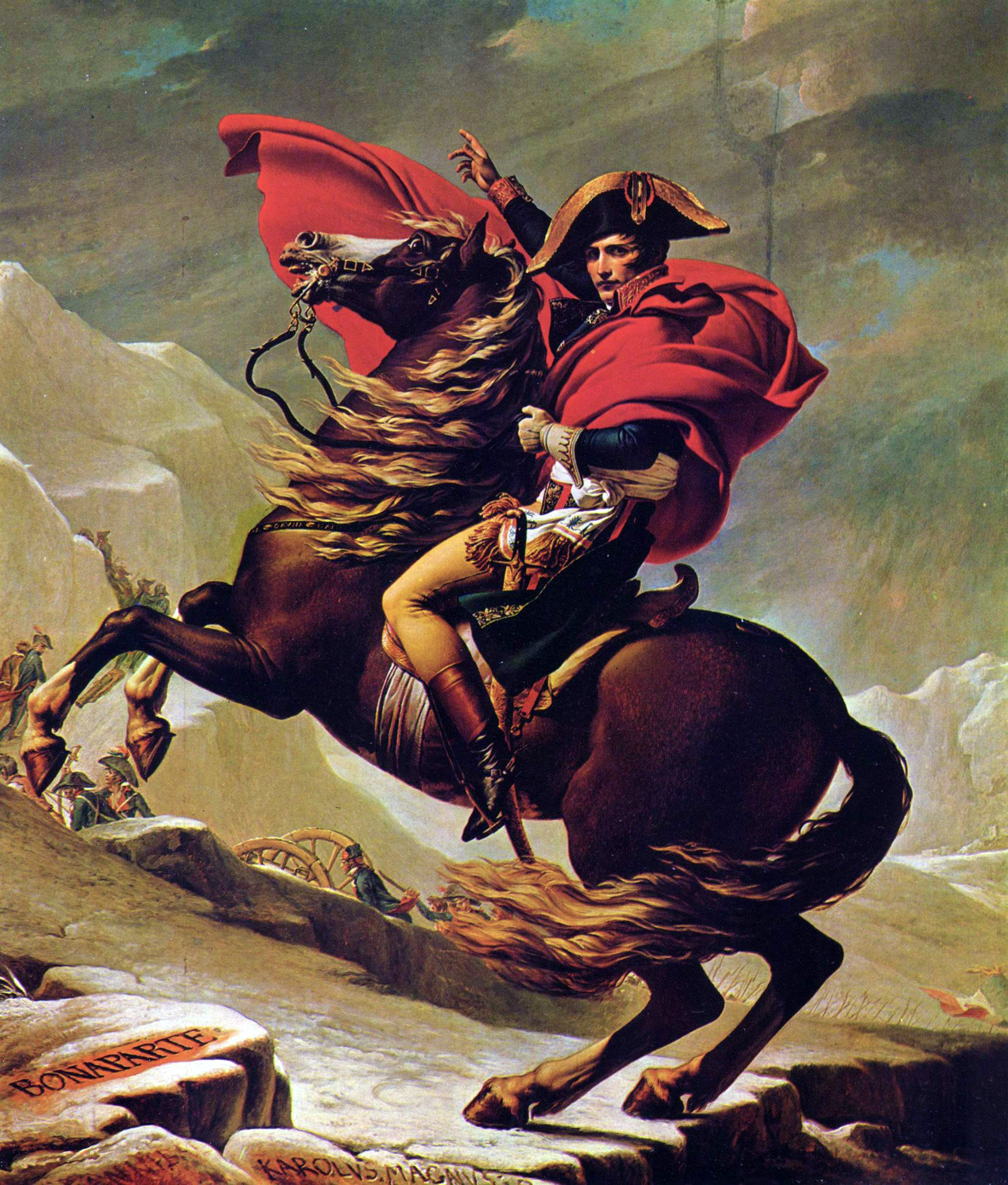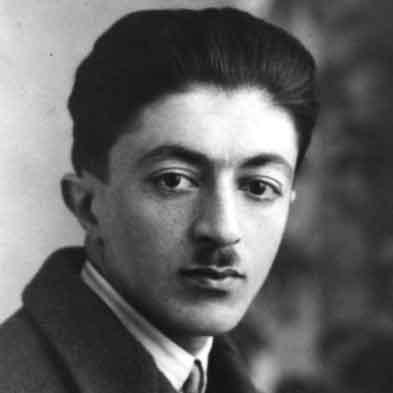|
Reza Qoli Khan Hedayat
Reza-Qoli Khan Hedayat (; 8 June 1800 – 29 June 1871) was an Iranian literary historian, administrator, and poet in 19th-century Qajar Iran. Biography Hedayat was born in Tehran on 8 June 1800 to a renowned family which was descended from the prominent 14th-century lyric-poet Kamal Khujandi. In his autobiographical work, Hedayat sometimes referred to himself as "Hedayat Mazan-darani", "Tabari", or "Tabarestani" due to his father Mohammad-Hadi Khan having served the Qajar tribal leaders in Mazandaran. Mohamad-Hadi Khan oversaw the finances and employees of the Qajar household under Agha Mohammad Khan Qajar. Under Fath-Ali Shah Qajar, he served as a provincial administrator in Khorasan and later Shiraz. He died in 1803, While working for the Qajar prince Hossein Ali Mirza as a treasurer. Upon the completion of his education, Reza-Qoli Khan entered the service of Hossein Ali Mirza son of Fath Ali Shah and governor of Shiraz. He was given the title of Khan and of Amir-ol Sho'ara in ... [...More Info...] [...Related Items...] OR: [Wikipedia] [Google] [Baidu] |
Tehran
Tehran (; , ''Tehrân'') is the capital and largest city of Iran. It is the capital of Tehran province, and the administrative center for Tehran County and its Central District (Tehran County), Central District. With a population of around 9.8 million in the city as of 2025, and 16.8 million in the metropolitan area, Tehran is the List of largest cities of Iran, most populous city in Iran and Western Asia, the Largest metropolitan areas of the Middle East, second-largest metropolitan area in the Middle East after Cairo, and the 24th most populous metropolitan area in the world. Greater Tehran includes several municipalities, including, Karaj, Eslamshahr, Shahriar, Tehran province, Shahriar, Qods, Iran, Qods, Malard, Golestan, Tehran, Golestan, Pakdasht, Qarchak, Nasimshahr, Parand, Pardis, Andisheh and Fardis. In the classical antiquity, part of the territory of present-day Tehran was occupied by Rhages (now Ray, Iran, Ray), a prominent Medes, Median city almost entirely des ... [...More Info...] [...Related Items...] OR: [Wikipedia] [Google] [Baidu] |
Revolt Of Hasan Khan Salar
The Revolt of Hasan Khan Salar ''()'' was a revolt that occurred in Khorasan Province, Khorasan from 1846 to 1850. It began as a result of the power struggle in the Qajar Iran, Qajar court. One of the factions manifested itself in Khorasan by Hasan Khan Salar. Salar's revolt sought to promote Bahman Mirza Qajar, Bahman Mirza and his claim to power. The first half of his revolt started in 1846 and was initially very successful, gaining the support of rebellious Turkmen tribes and the Kurds of Khorasan, Shadlu Kurds who had long hated Qajar rule. However, Salar was defeated at Meyami, Mayamey near Bastam, Bistam in August 1847 and was forced to flee first to Ahal Region, Akhal and then later to Sarakhs, Serakhs. This ended the first part of the rebellion. However, with the death of Mohammad Shah Qajar on 4 September 1848, Salar was able to capture Mashhad with the support of the population and then extended his control over most of Khorasan. With the ascension of Naser al-Din Shah Q ... [...More Info...] [...Related Items...] OR: [Wikipedia] [Google] [Baidu] |
19th-century Persian-language Writers
The 19th century began on 1 January 1801 (represented by the Roman numerals MDCCCI), and ended on 31 December 1900 (MCM). It was the 9th century of the 2nd millennium. It was characterized by vast social upheaval. Slavery was abolished in much of Europe and the Americas. The First Industrial Revolution, though it began in the late 18th century, expanded beyond its British homeland for the first time during the 19th century, particularly remaking the economies and societies of the Low Countries, France, the Rhineland, Northern Italy, and the Northeastern United States. A few decades later, the Second Industrial Revolution led to ever more massive urbanization and much higher levels of productivity, profit, and prosperity, a pattern that continued into the 20th century. The Catholic Church, in response to the growing influence and power of modernism, secularism and materialism, formed the First Vatican Council in the late 19th century to deal with such problems and confirm cer ... [...More Info...] [...Related Items...] OR: [Wikipedia] [Google] [Baidu] |
1800 Births
As of March 1 (Old Style, O.S. February 18), when the Julian calendar acknowledged a leap day and the Gregorian calendar did not, the Julian calendar fell one day further behind, bringing the difference to 12 days until February 28 (Old Style, O.S. February 16), 1900. Events January–March * January 1 ** Quasi-War: Action of 1 January 1800 – A naval battle off the coast of Haiti, between four United States merchant vessels escorted by naval schooner , and a squadron of armed barges manned by Haitian pirates (known as wikt:picaroon, picaroons), under the command of general André Rigaud, ends indecisively. ** The Dutch East India Company dissolves. * February 7 – A public 1800 French constitutional referendum, plebiscite in France confirms Napoleon as First Consul, by a substantial majority. * February 11 – Infrared radiation is discovered by astronomer Sir William Herschel. * February 22 – The Baker rifle, designed by Ezekiel Baker, is selected ... [...More Info...] [...Related Items...] OR: [Wikipedia] [Google] [Baidu] |
19th-century Iranian Writers
The 19th century began on 1 January 1801 (represented by the Roman numerals MDCCCI), and ended on 31 December 1900 (MCM). It was the 9th century of the 2nd millennium. It was characterized by vast social upheaval. Slavery was Abolitionism, abolished in much of Europe and the Americas. The First Industrial Revolution, though it began in the late 18th century, expanded beyond its British homeland for the first time during the 19th century, particularly remaking the economies and societies of the Low Countries, France, the Rhineland, Northern Italy, and the Northeastern United States. A few decades later, the Second Industrial Revolution led to ever more massive urbanization and much higher levels of productivity, profit, and prosperity, a pattern that continued into the 20th century. The Catholic Church, in response to the growing influence and power of modernism, secularism and materialism, formed the First Vatican Council in the late 19th century to deal with such problems an ... [...More Info...] [...Related Items...] OR: [Wikipedia] [Google] [Baidu] |
1871 Deaths
Events January–March * January 3 – Franco-Prussian War: Battle of Bapaume – Prussians win a strategic victory. * January 18 – Proclamation of the German Empire: The member states of the North German Confederation and the south German states unite into a single nation state, known as the German Empire. The King of Prussia is declared the first German Emperor as Wilhelm I of Germany, in the Hall of Mirrors at the Palace of Versailles. The Constitution of the German Confederation comes into effect. It abolishes all restrictions on Jewish marriage, choice of occupation, place of residence, and property ownership, but exclusion from government employment and discrimination in social relations remain in effect. * January 21 – Battle of Dijon: Giuseppe Garibaldi's group of French and Italian volunteer troops, in support of the French Third Republic, win a battle against the Prussians. * February 8 – 1871 French legislative election elects the first legislatu ... [...More Info...] [...Related Items...] OR: [Wikipedia] [Google] [Baidu] |
Mathnawi
Mathnawi ( ), also spelled masnavi, mesnevi or masnawi, is a kind of poem written in rhyming couplets, or more specifically "a poem based on independent, internally rhyming lines". Most mathnawi poems follow a Meter (poetry), meter of eleven, or occasionally ten, syllables, but had no limit in their length. Typical mathnawi poems consist of an indefinite number of couplets, with the rhyme scheme aa/bb/cc. Mathnawi poems have been written in Persian language, Persian, Arabic, Turkish language, Turkish, Kurdish language, Kurdish and Urdu cultures. Certain Persian mathnawi poems, such as Rumi's ''Masnavi, Masnavi-e Ma’navi'', have had a special religious significance in Sufism. Other influential writings include the poems of Ghazali and ibn Arabi. Mathnawi's are closely tied to Islamic theology, philosophy, and legends, and cannot be understood properly without knowledge about it. Arabic mathnawi Arabic mathnawi poetry, also known as ''muzdawij'' ( – , referring to the internal r ... [...More Info...] [...Related Items...] OR: [Wikipedia] [Google] [Baidu] |
Divan
A divan or diwan (, ''dīvān''; from Sumerian ''dub'', clay tablet) was a high government ministry in various Islamic states, or its chief official (see ''dewan''). Etymology The word, recorded in English since 1586, meaning "Oriental council of a state", comes from Persian (''dêvân'') and consequently spread via Turkish ''divan''. It is first attested in Middle Persian spelled as ''dpywʾn'' and ''dywʾn'', itself hearkening back, via Old Persian, Elamite and Akkadian, ultimately to Sumerian ''dub'', clay tablet. The word was borrowed into Armenian as well as ''divan''; on linguistic grounds this is placed after the 3rd century, which helps establish the original Middle Persian (and eventually New Persian) form was ''dīvān'', not ''dēvān'', despite later legends that traced the origin of the word to the latter form. The variant pronunciation ''dēvān'' however did exist, and is the form surviving to this day in Tajiki Persian. In Arabic, the term was firs ... [...More Info...] [...Related Items...] OR: [Wikipedia] [Google] [Baidu] |
Rhetoric
Rhetoric is the art of persuasion. It is one of the three ancient arts of discourse ( trivium) along with grammar and logic/ dialectic. As an academic discipline within the humanities, rhetoric aims to study the techniques that speakers or writers use to inform, persuade, and motivate their audiences. Rhetoric also provides heuristics for understanding, discovering, and developing arguments for particular situations. Aristotle defined rhetoric as "the faculty of observing in any given case the available means of persuasion", and since mastery of the art was necessary for victory in a case at law, for passage of proposals in the assembly, or for fame as a speaker in civic ceremonies, he called it "a combination of the science of logic and of the ethical branch of politics". Aristotle also identified three persuasive audience appeals: logos, pathos, and ethos. The five canons of rhetoric, or phases of developing a persuasive speech, were first codified in classical Rome: i ... [...More Info...] [...Related Items...] OR: [Wikipedia] [Google] [Baidu] |
Sadeq Hedayat
Sadegh Hedayat (, ; 17 February 1903 – 9 April 1951) was an Iranian writer, translator, satirist, and poet. Best known for his novel ''The Blind Owl'', he was one of the earliest Iranian writers to adopt literary modernism in their career. Early life and education Hedayat was born to a northern Iranian aristocratic family in Tehran. His great-grandfather Reza-Qoli Khan Hedayat Tabarestani was a well-respected writer and worked in the government, as did other relatives. Hedayat's sister married Haj Ali Razmara who was an army general and among the prime ministers of Iran under Shah Mohammad Reza Pahlavi. Another one of his sisters was the wife of Abdollah Hedayat who was also an army general. Hedayat was educated at ''Collège Saint-Louis'' (French catholic school) and Dar ol-Fonoon (1914–1916). In 1925, he was among a select few students who traveled to Europe to continue their studies. There, he initially went on to study engineering in Belgium, which he abandoned after ... [...More Info...] [...Related Items...] OR: [Wikipedia] [Google] [Baidu] |







